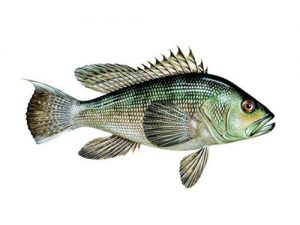
In 2021, the Atlantic States Marine Fisheries Commission (ASMFC) announced the release of the Update to ASMFC’S Profiles of State Artificial Reef Programs and Projects.
This document provides a summary for each state’s artificial reef program and features highlights that have occurred since the release of the first edition of this publication in 1988.
Since then, many Atlantic states have expanded their programs; deployed a variety of artificial reefs using best management practices for construction, materials, and siting; and have monitored sites for use, both by fishers and divers, as well as by marine life.
Artificial reefs have been used for centuries to enhance fishery resources and fishing opportunities by creating habitat for fish and invertebrate species through the use of man-made materials. They also provide underwater structures for SCUBA divers and facilitate reef-related research.
Artificial reefs are typically constructed from dense materials, such as decommissioned ships and barges; concrete and steel demolition debris; and dredge rock. When properly constructed and strategically sited, artificial reefs can enhance fish habitat and total biomass, increase access to quality fishing grounds that benefit coastal economies, and provide managers with another option for the conservation and management of fishery resources.
The publication identifies more than 335 permitted artificial reefs spanning 11 Atlantic coast states. It also provides a brief history of each program; highlights specific projects; provides details on state funding; and includes maps of reef locations.
Over the past 30 years, artificial reef programs have implemented new technologies to designate sites, mapped existing materials, and evaluated established reef habitats. There are many examples of state programs collaborating with universities to study reef impacts, as well as examples of partnerships across state agencies, with the federal government, and with NGOs and private companies to secure reefing materials.
For more information on artificial reefs, visit: http://www.asmfc.org/habitat/artificial-reefs.
source: Atlantic States Marine Fisheries Commission
Leave a Reply
You must be logged in to post a comment.